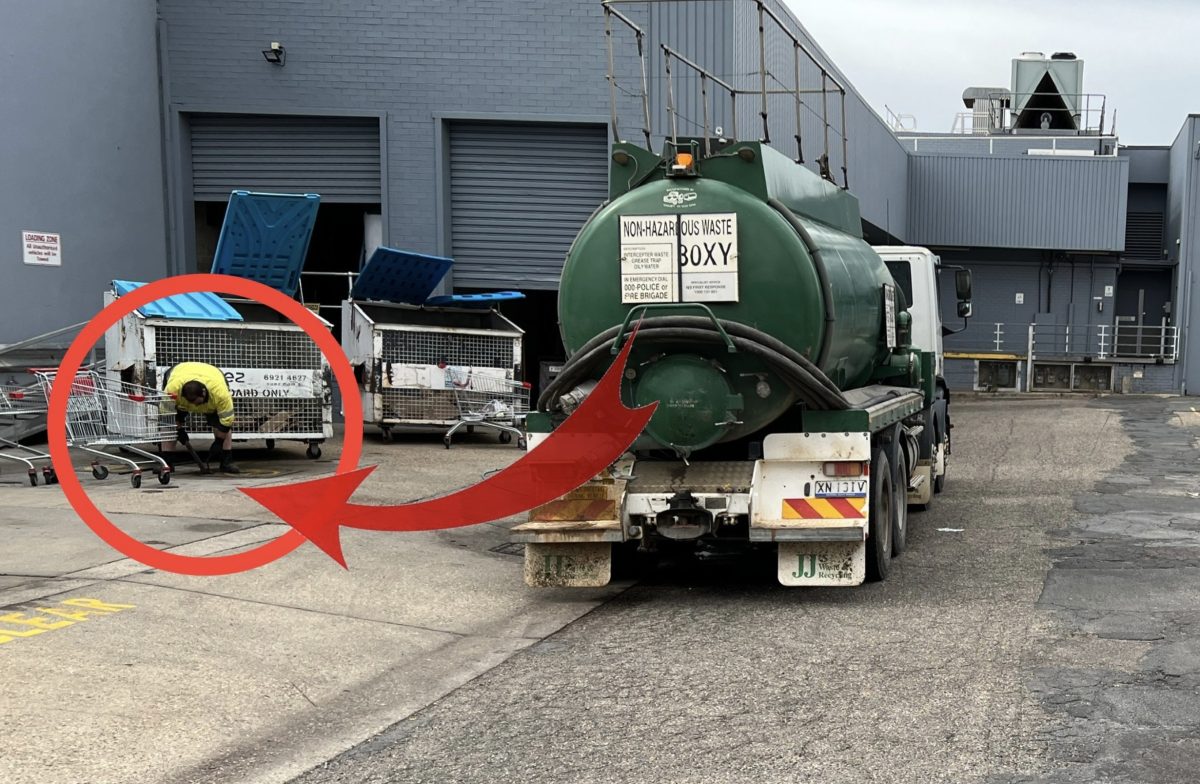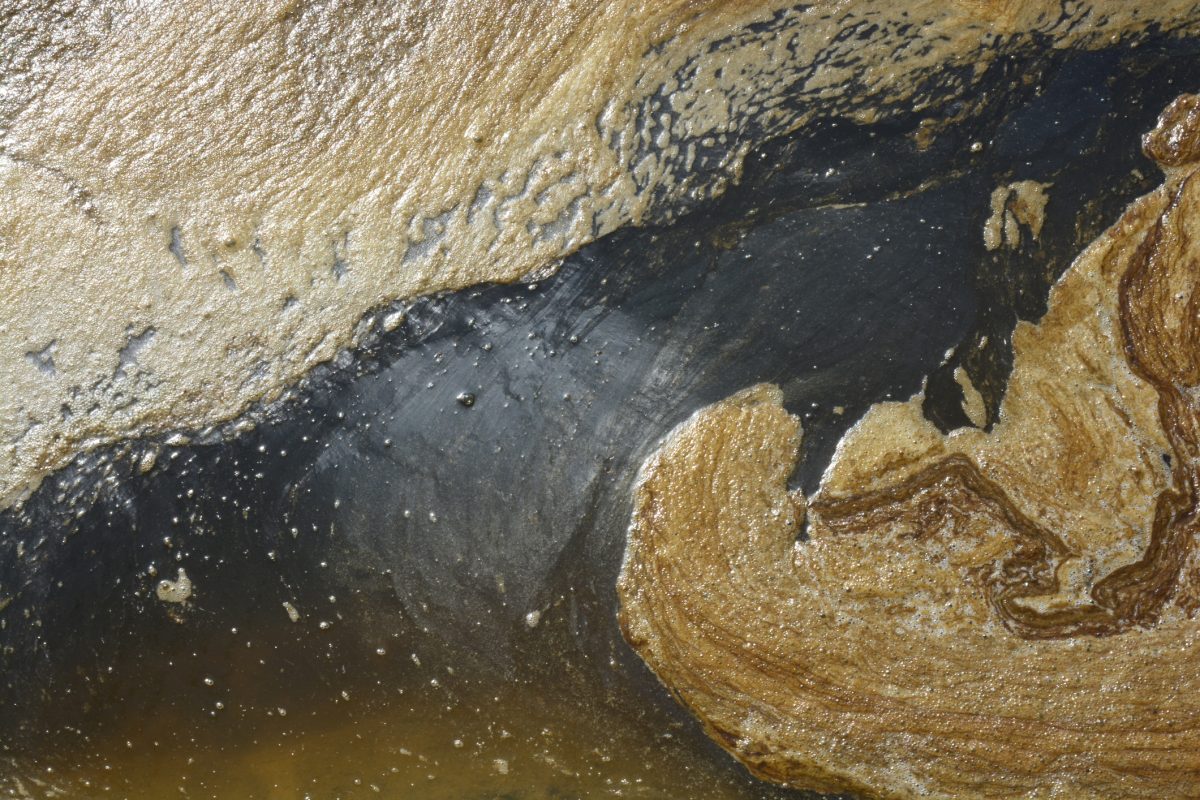
The emptying of a grease trap is one of the most offensive smells in the world. Photo: Chris Roe.
“Oh my god! What is that smell?” remarked a bearded man to a tight-faced fellow pedestrian as he wrinkled his nose and cast an eye around the busy street.
“I’m glad you can smell it too, I thought it was me!” replied a woman at the door of a nearby shop, also drawn to investigate the offensive odour that had descended across the CBD like a blanket.
The sour, pungent smell with more than a whiff of rotten eggs was assaulting the senses of morning shoppers and staff from the mall carpark to the main street where it was barely kept at bay by commercial air-conditioning.
Fortunately, it did not last long and the man in the small tanker truck, quietly parked in the lane behind the mall food court, withdrew its hoses, closed a large steel access hatch and rumbled away, the truck’s belly sloshing with putrid gloop.
There are few things in modern Australia that smell quite as bad as a grease trap being emptied, although the truck’s operator assured Region that “you get used to it”.
This is something scientists call olfactory fatigue or nose blindness, and it is no doubt a blessed relief for those on the front lines of waste management.
A grease trap is a plumbing innovation designed to keep as much animal fat and oil out of the drains as possible to prevent blockages and damage to water treatment facilities.
If you’ve lived in an old house with poor plumbing you are probably familiar with stinky, grease-filled drains in winter and, fortunately, it is something that can usually be remedied fairly easily.
But at a commercial level, restaurants, pubs, cafes, schools and fast-food outlets rely on waste management services to regularly remove the buildup of gloop in their grease traps.
All that grease, fat and oil can become a serious problem in winter as it solidifies in the cold and the lanes behind shopping malls can be brutally hard on the nose.

Commercial grease traps need to be regularly emptied and maintained. Photo: ideation90.
Usually, the pumping is done in the wee hours of the morning when the streets are deserted, but occasionally the unsung heroes who clean up our messes are forced to operate in the daylight.
“It’s worse while it’s being pumped,” the grease trap guy said.
“As soon as I shut it off it’ll all be back to normal.”
The grease trap works on the principle that fats and oils are less dense than water and float on top.
The wastewater flows through a chamber where the grease rises and is trapped while the remaining water continues on through a lower opening.
The horrendous and all-pervasive smell is generated as microorganisms break down grease particles and emit hydrogen sulphide and sulfuric gas – commonly known as ‘rotten egg gas’.
It is also the key ingredient in a fart.
Hydrogen sulphide is heavier than air, so it can linger in low-lying areas and enclosed spaces. It is also toxic, but one is unlikely to ingest enough on the street to cause a problem.
So next time you’re wandering the streets near a restaurant, food court or pub and your olfactory sensory neurons are assailed by a savage smell, spare a thought for the hardworking grease trap guy, secretly cleaning up our filth and, if you wait a few minutes, chances are that the smell will disappear.
Original Article published by Chris Roe on Region Riverina.















